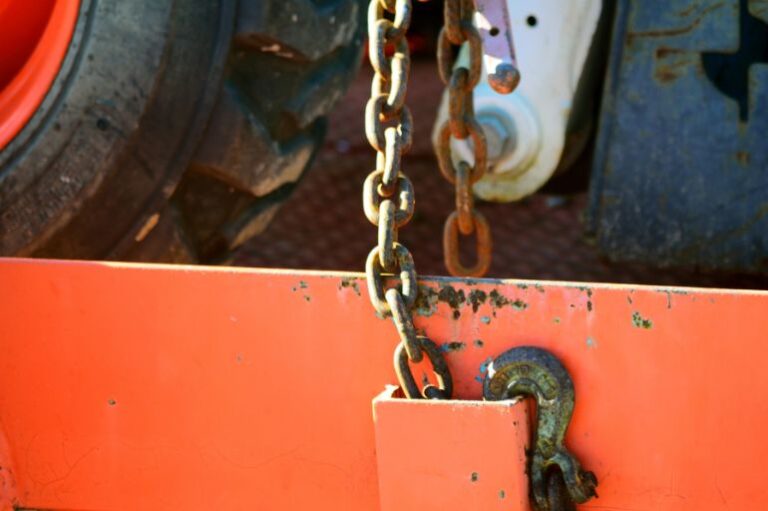The National Heavy Vehicle Regulator (NHVR) has released an updated version of the Load Restraint Guide and is now inviting industry feedback to help shape the next major revision of this vital resource.
Widely regarded as the authoritative reference on safe load restraint for heavy vehicles, the Load Restraint Guide (LRG) provides essential guidance for drivers, operators, loaders, manufacturers and engineers. Its goal is to promote best-practice methods that ensure loads are secured safely and legally across the diverse range of freight moved on Australian roads.
What’s New in the 2025 Edition
The current Load Restraint Guide 2025 (Edition 4) reflects an important rebranding and minor update phase following the guide’s transfer from the National Transport Commission to the NHVR in 2021. While the core performance standards remain unchanged, Edition 4 introduces several key improvements:
- Updated images using modern trucks and trailers
- Visual enhancements to improve clarity and usability
- Revised terminology (for example, “checklist” is now “guidelines”)
- Improved explanations of legal obligations, incorporating the 2018 Chain of Responsibility (CoR) amendments
- Clearer guidance on withdrawn Australian Standards and equipment terminology.
The NHVR stresses that the 2018 (Edition 3) version of the guide remains valid and legally current. The 2025 edition’s changes are intended to enhance clarity and support understanding of good practice—not to alter existing legal obligations.
Help Shape the Future Guide
With the updated version now released, the NHVR has launched a formal review process to prepare for the next major edition of the Load Restraint Guide. This second stage will involve wide-ranging consultation with industry throughout late 2025 and into 2026.
The NHVR is seeking feedback from all sectors of the heavy vehicle industry—including operators, drivers, loaders, engineers, equipment manufacturers, associations, and government agencies. The aim is to ensure the guide reflects the latest equipment, emerging technologies, practical loading practices, and the real-world challenges faced by those who load and transport freight.
What Issues Are Being Considered?
The NHVR’s Discussion Paper outlines several areas open for input:
- Improvements to the guide’s structure and usability (including a modular format)
- Clarifications on applying performance standards
- Guidance on the role of packaging and restraint of special load types such as concrete and vehicles
- Guidance on emerging equipment, such as air-driven tensioners and load-rated curtains
- The use of non-rated gates and over-centre tensioners
- Clearer reference to Codes of Practice and alternative compliance pathways for OSOM (Oversize and Overmass) loads.
NHVR Chief Executive Officer Sal Petrocitto has said the guide must continue to support a safe, efficient, and productive freight task while reducing confusion and promoting national consistency.
Why Should You Get Involved?
Load restraint is a critical issue for everyone in the supply chain—not just drivers. The Chain of Responsibility provisions of the Heavy Vehicle National Law mean that all parties involved in transport activities can be held accountable if unsafe loading leads to an incident.
The Load Restraint Guide plays a crucial role in helping industry meet its legal obligations and ensure public and road user safety. This is your chance to help improve this vital tool.
If you’ve ever found a section unclear, identified a gap in the guidance, or have real-world experience to share on emerging equipment or new loading practices—now is the time to have your say.
How to Make a Submission
Submissions are open until 12 September 2025.
You can submit feedback via:
- The NHVR Feedback Form
- Emailing your submission to: nhvr.regulatorystandards@nhvr.gov.au.
There is no required format—you can respond to specific questions posed in the Discussion Paper, provide general comments, or submit more detailed input.
Where to Find More Information
- Download the Load Restraint Guide 2025 (Edition 4) and FAQ sheet here: NHVR Load Restraint Guide.
- Read the full Discussion Paper to understand what the NHVR is seeking feedback on: NHVR Discussion Paper – Load Restraint Guide 2025.
- Subscribe for updates: NHVR subscription page.
Final Word
The NHVR has confirmed that the next revision of the guide will be a significant undertaking, with the potential to shape best practice and regulatory alignment across the country for years to come.
Every operator, fleet manager, engineer and transport business stands to benefit from contributing to this process. A clearer, more consistent and more practical Load Restraint Guide will help the entire industry meet its compliance obligations and keep Australia’s roads safe.
Have your say today—your experience matters.






